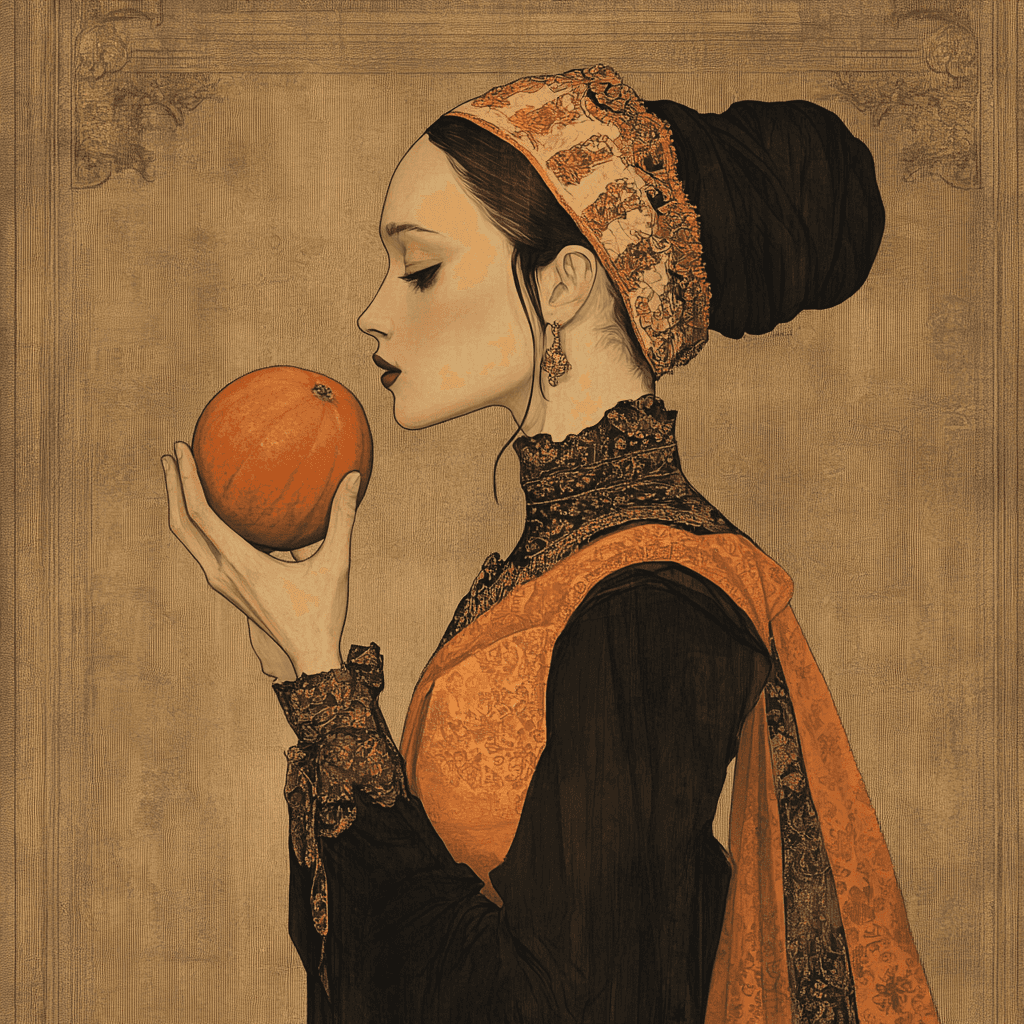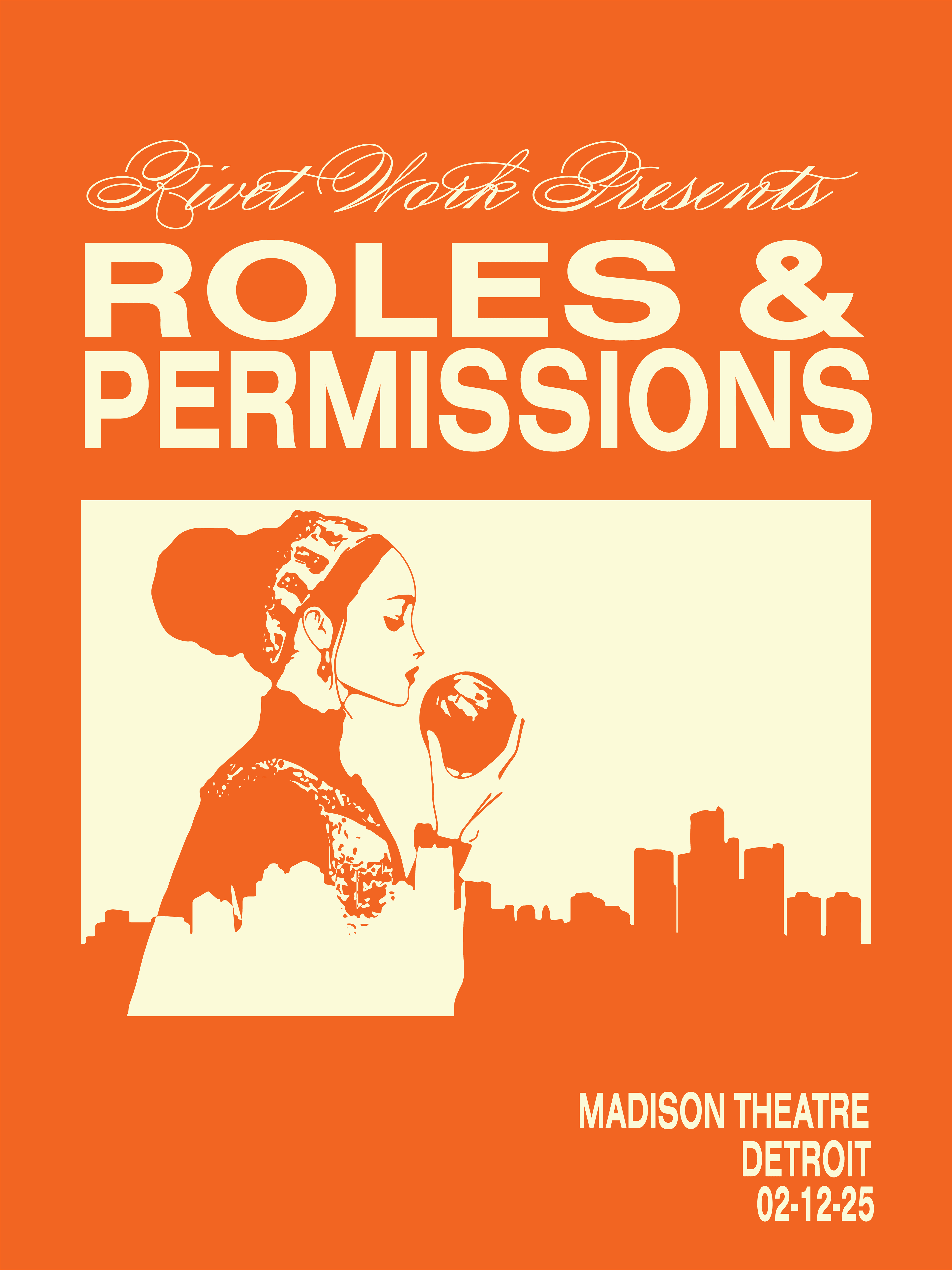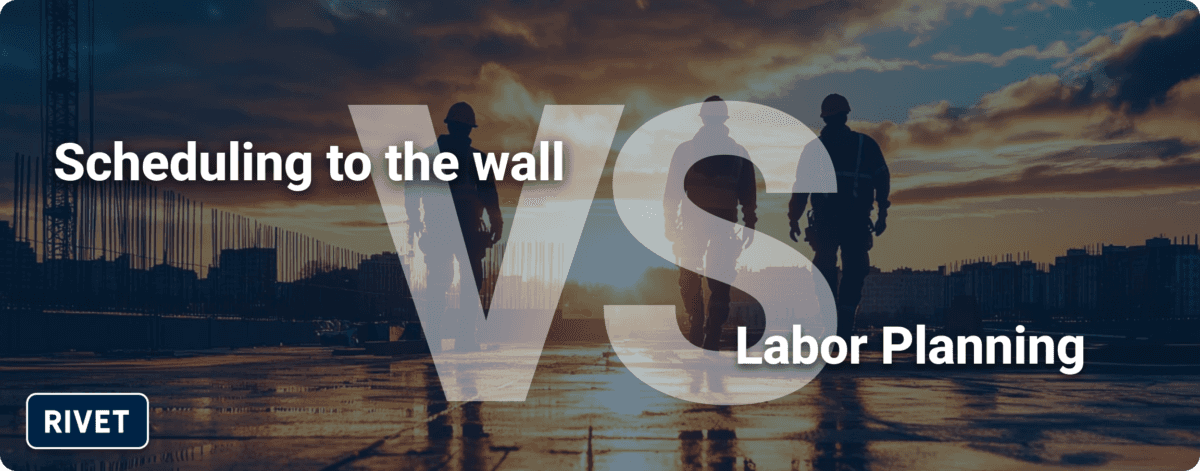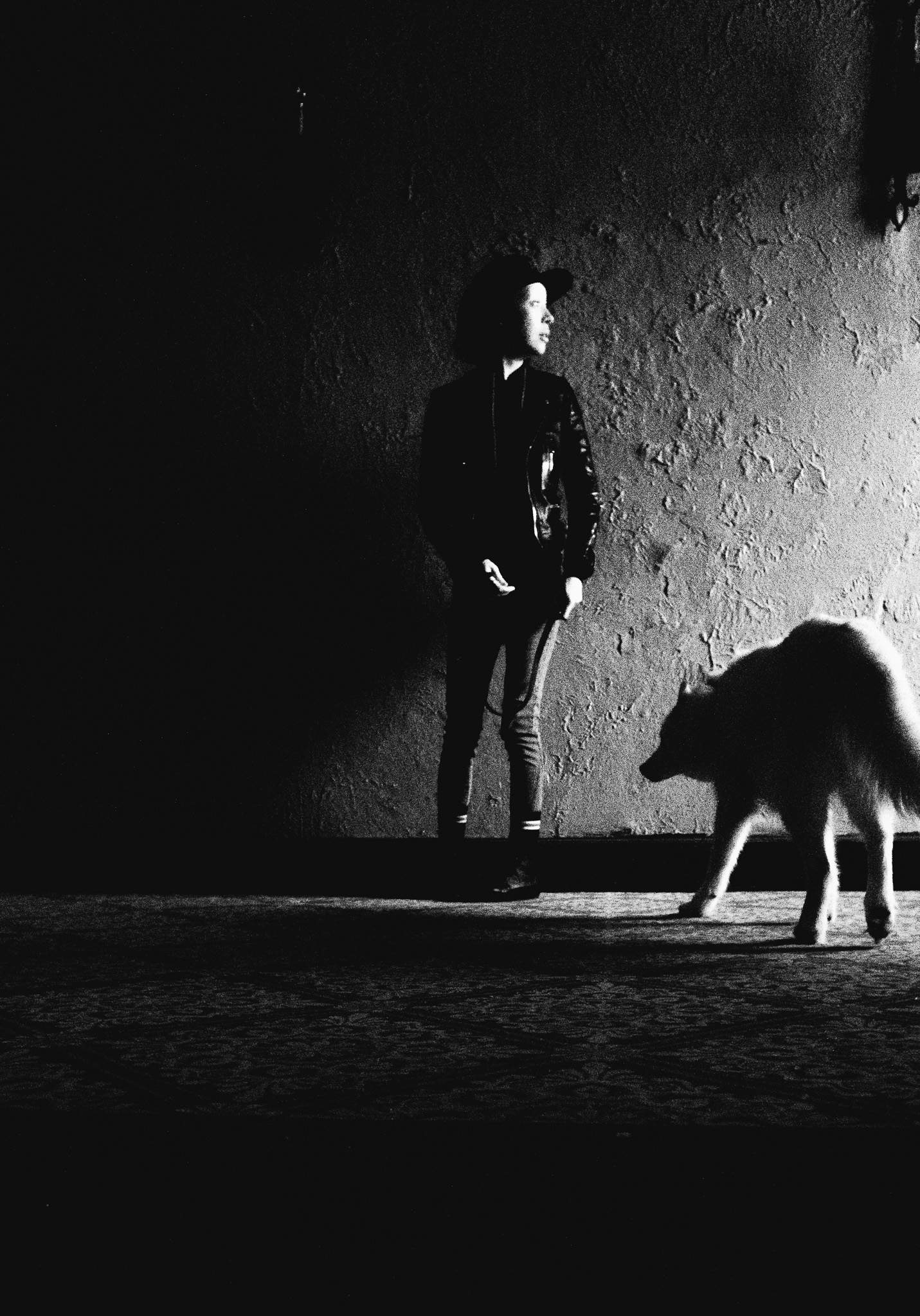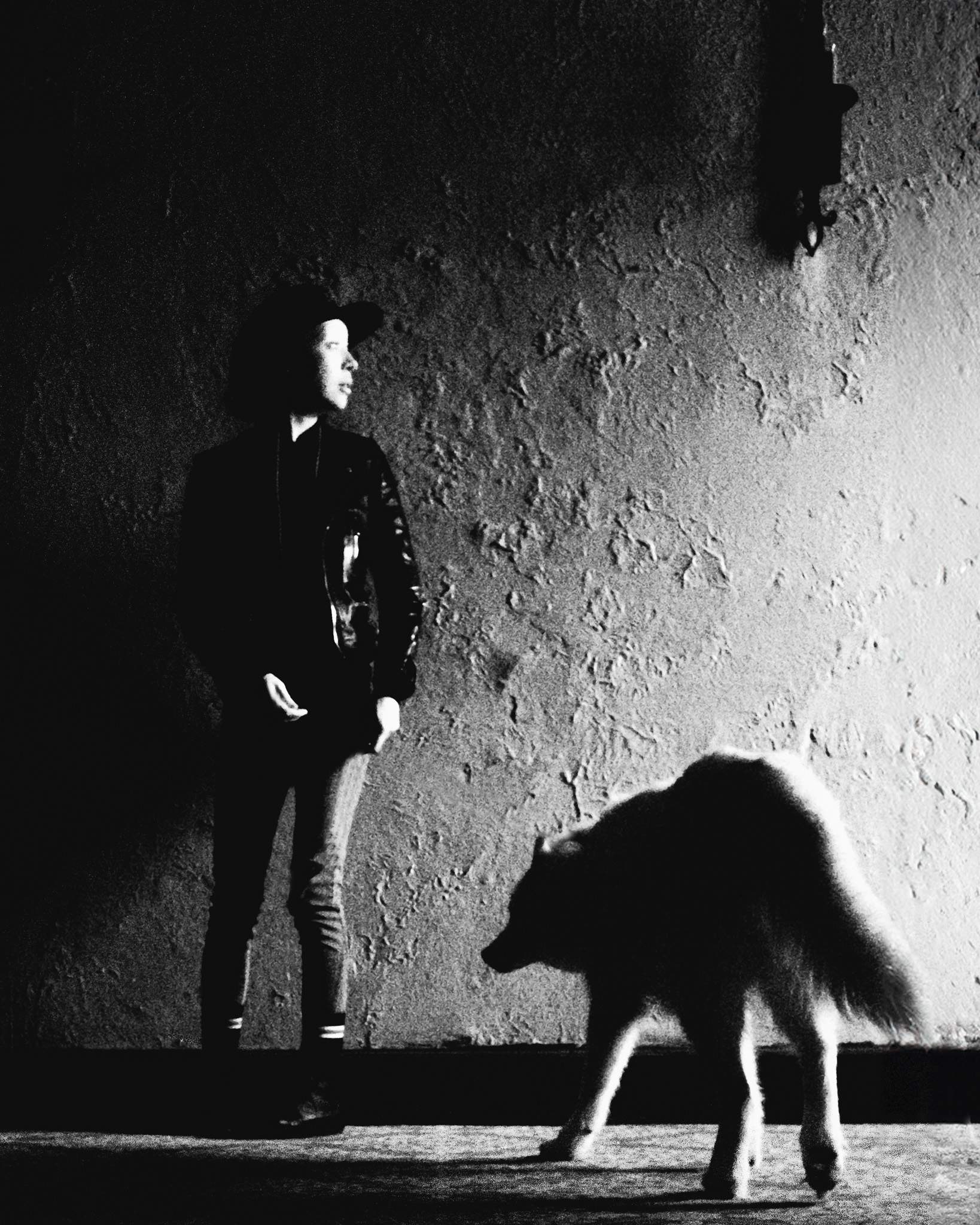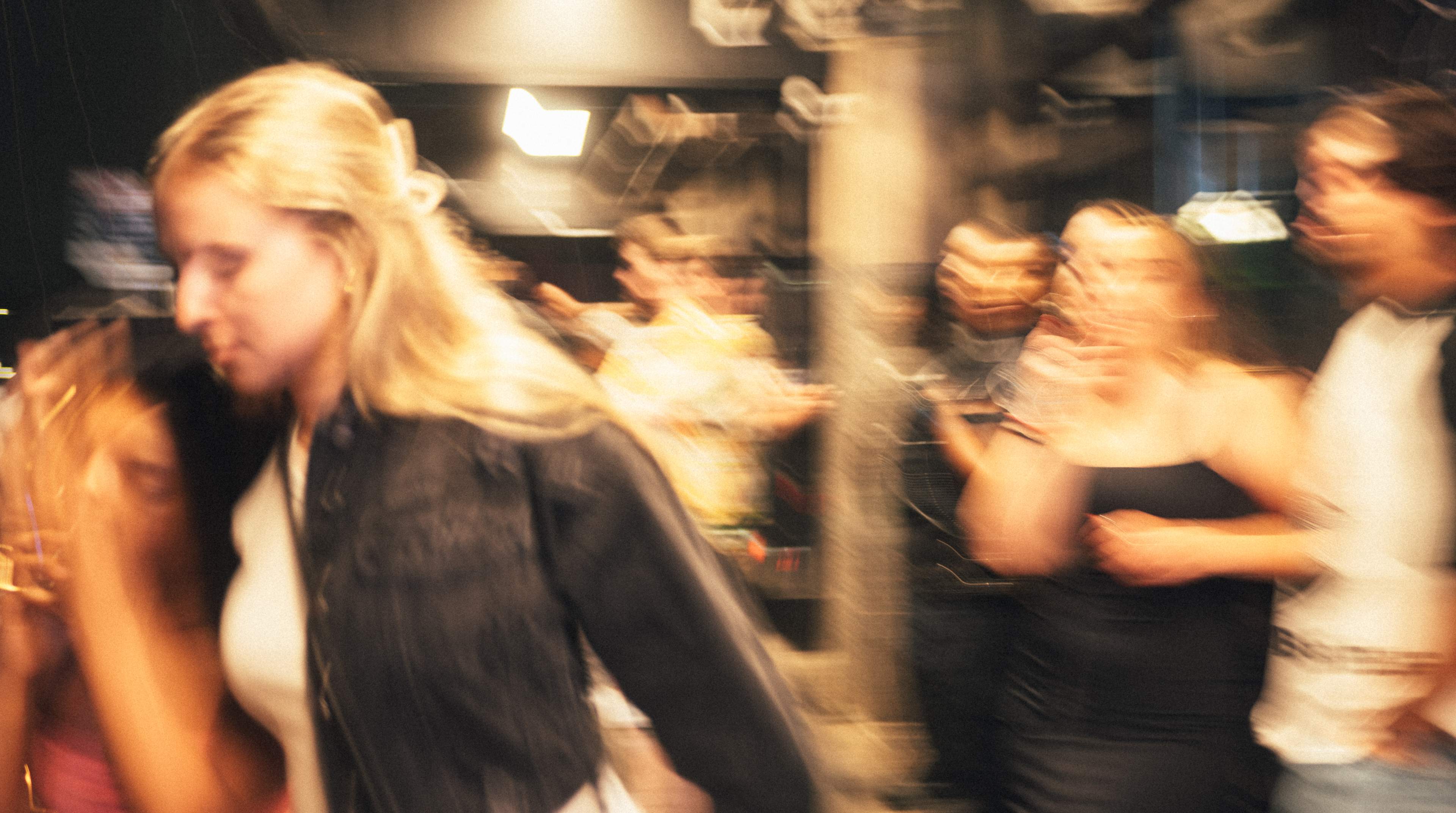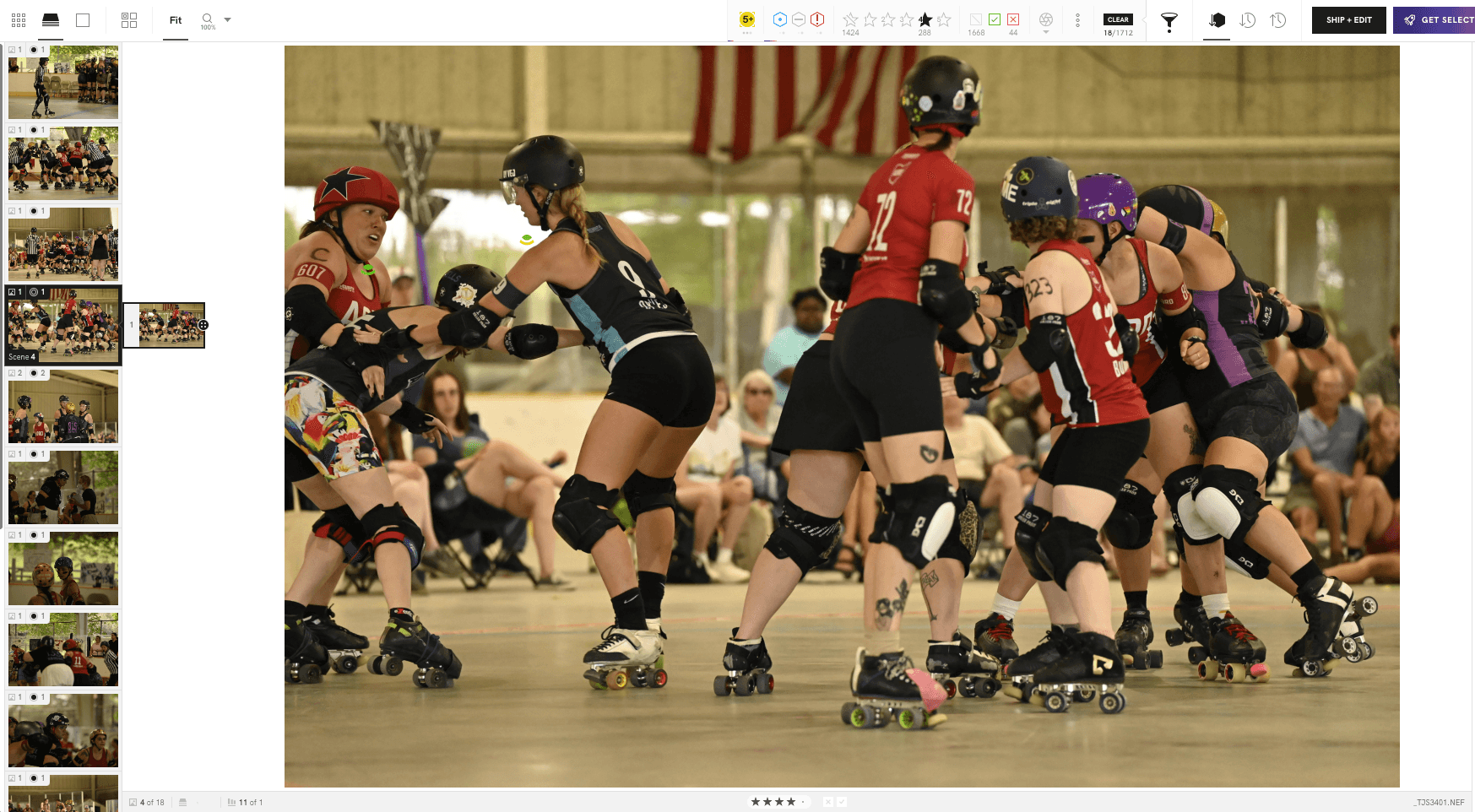Me + A.I.
I've been using A.I. as a creative tool for over a decade. First with interview transcripts on tight turnaround editorial assignments and most recently for research, copywriting and image generation. It's become indispensable for making me faster and more efficient.
Image Generation
Generative AI images have been a huge help for my marketing and design work. At RIVET I couldn't go to random construction sites and start taking photos to use for social posts or on the company blog, so I employed Midjourney for the task.
I used my prompt engineering skills to generate photorealistic images instead, based on my expertise with photography. Dictating the camera angle, focal length, time of day and more to create imagery that supported the themes of what we were communicating. Before publishing, I'd clean up any A.I. artifacts (usually garbled text) in Photoshop.
Generative imagery came in handy for creating internal artwork around the office, too. I used Illustrator's generative vectors and traced images from Midjourney, Grok and Stable Diffusion to create promo posters celebrating feature releases for the RIVET platform.
Tools: Midjourney, Grok, Stable Diffusion, Adobe Firefly, Adobe Photoshop
Research
I wish I'd had A.I. for data synthesis and research when I was a reporter. I love doing the data gathering, whether it's interviewing SMEs or digging around the internet for scientific papers.
Writing is easy, the hard part of enterprise journalism is the middle: piecing the story together from all those disparate sources and finding where the data agrees and where it cleaves.
With NotebookLM I can feed it raw audio files, industry PDFs and scientific papers, then query the chatbot about the data itself. Gemini and Perplexity help me find stuff that would otherwise be deep in Google Scholar queries.
I'll still read through the sources, but having a chatbot that can give me the starting point for data synthesis speeds the process up immensely.
Tools: NotebookLM, Google Gemini, Perplexity
Transcription
I've been employing A.I. for interview transcripts for over a decade. Only recently did they become good enough that I don't have to do a ton of heavy lifting or double-checking to see if the transcript is accurate to what the person actually said.
At RIVET, I used Gong and Dovetail to create databases of customer testimonial quotes, and analyzed sentiment summaries to draft trend pieces and shape my content calendar based on customer pain points.
Tools: Otter.ai, Dovetail, Gong, Rev
Writing and Brainstorming
When I get stuck or need help with some different headline formats, I turn to ChatGPT, Gemini and Perplexity. I tell these platforms the audience I'm writing for, the tone I want and let 'em go from there. While nothing is ever ready to just copy and paste, at the minimum I've got different ideas for structure.
Platforms: ChatGPT, Google Gemini, Perplexity
Photo Editing
Adobe's AI-powered photo editing tools are ridiculously impressive. What started with A.I. image enlargement in Lightroom CC has since become an entire suite of tools like noise removal and incredibly powerful masking.
Generative Remove has been a game-changer for removing distractions from images that otherwise couldn't be saved with cloning them out in Photoshop.
Photoshop's Generative Expand feature has similarly been huge for me when it comes to giving an image extra breathing room around the edges that would've otherwise required a wider lens because I cut off someone's elbow or the tip of a dog's tail.
Culling tools like Narrative.so and Imagen have reduced my time in culling images for client galleries by 90 percent. What used to take 10+ hours across three to four days is wrapped up in the span of an hour.
Tools: Adobe Lightroom, Adobe Photoshop, Imagen, Narrative.so
